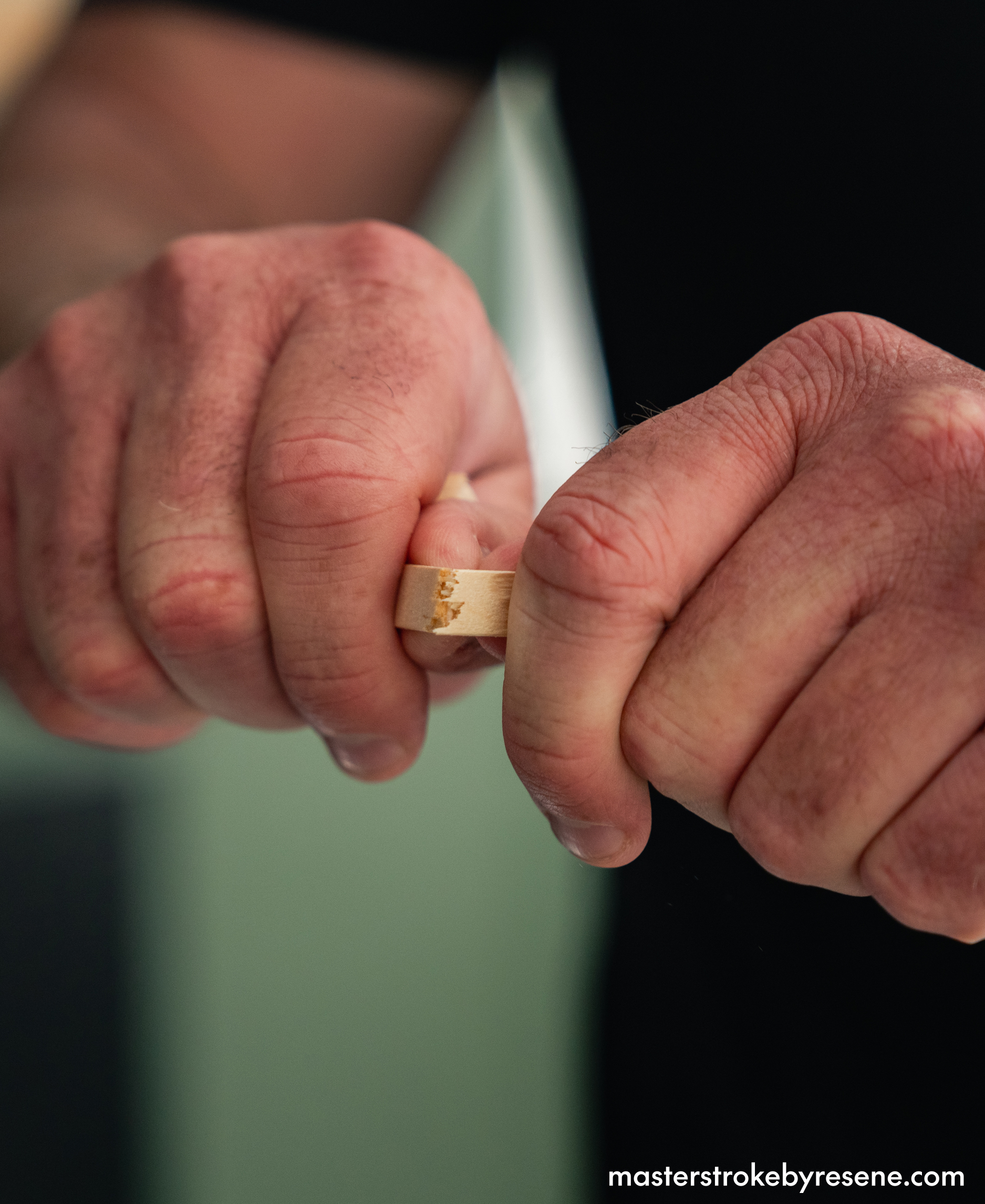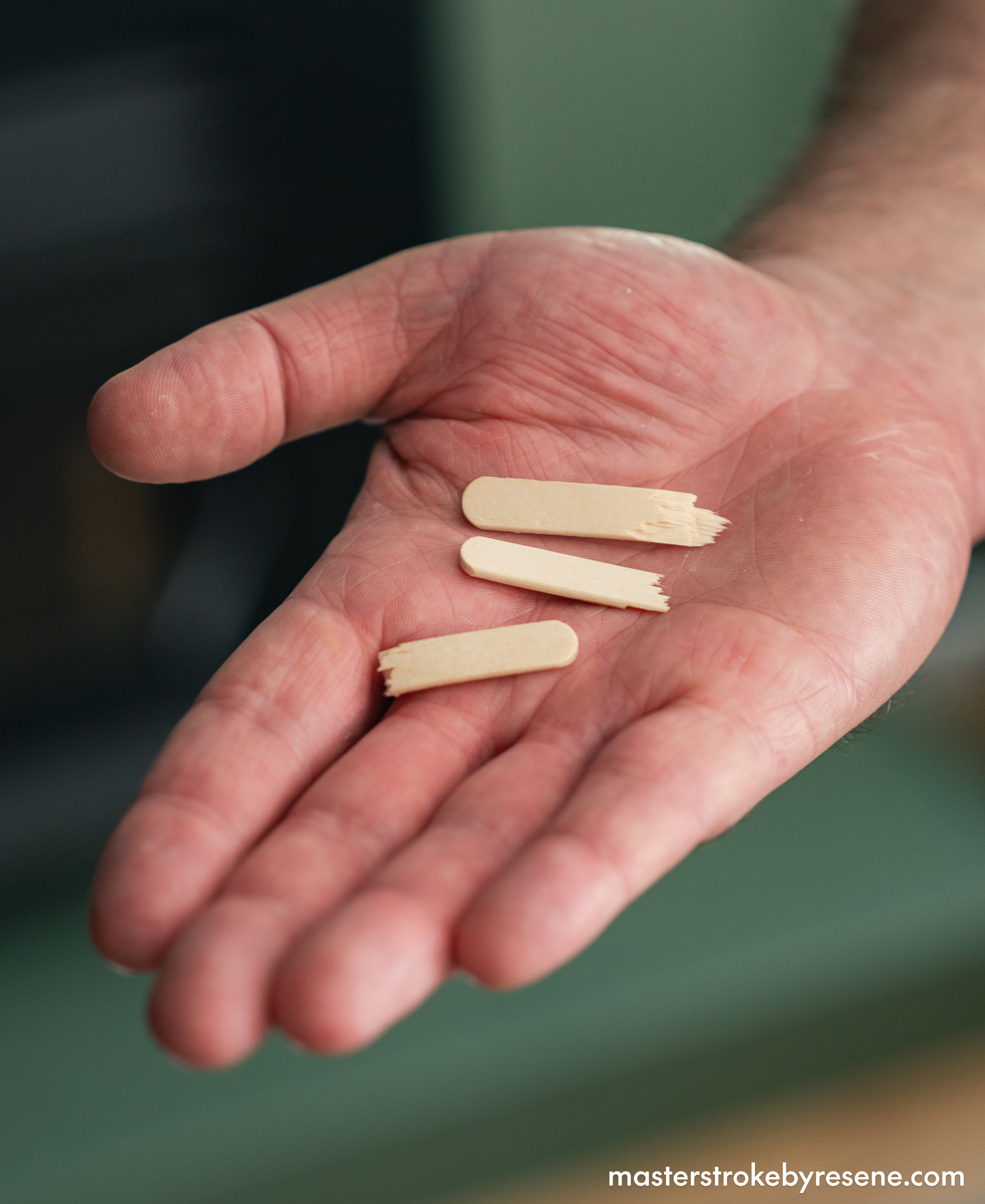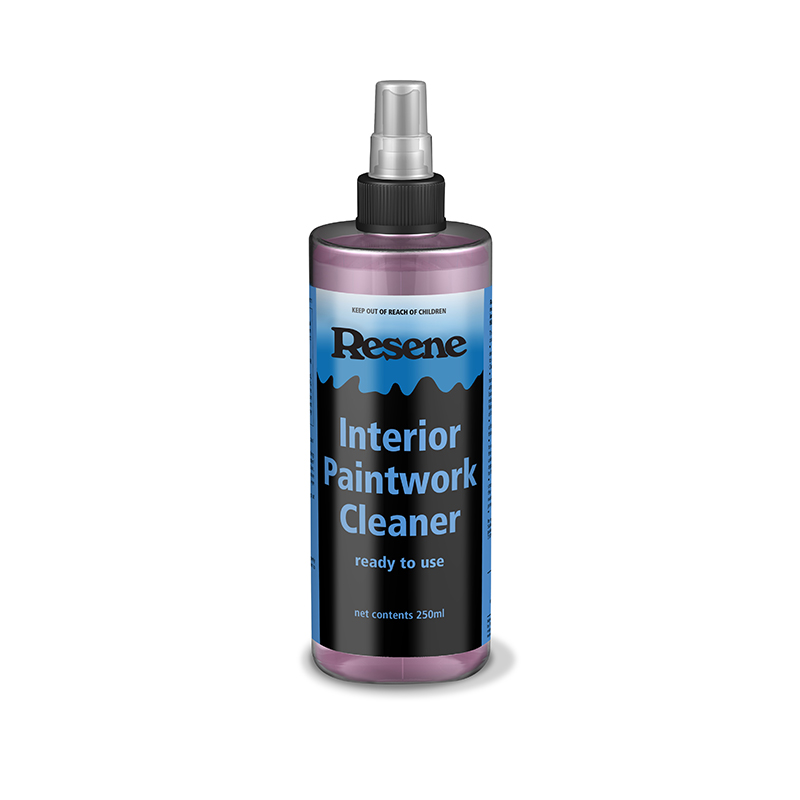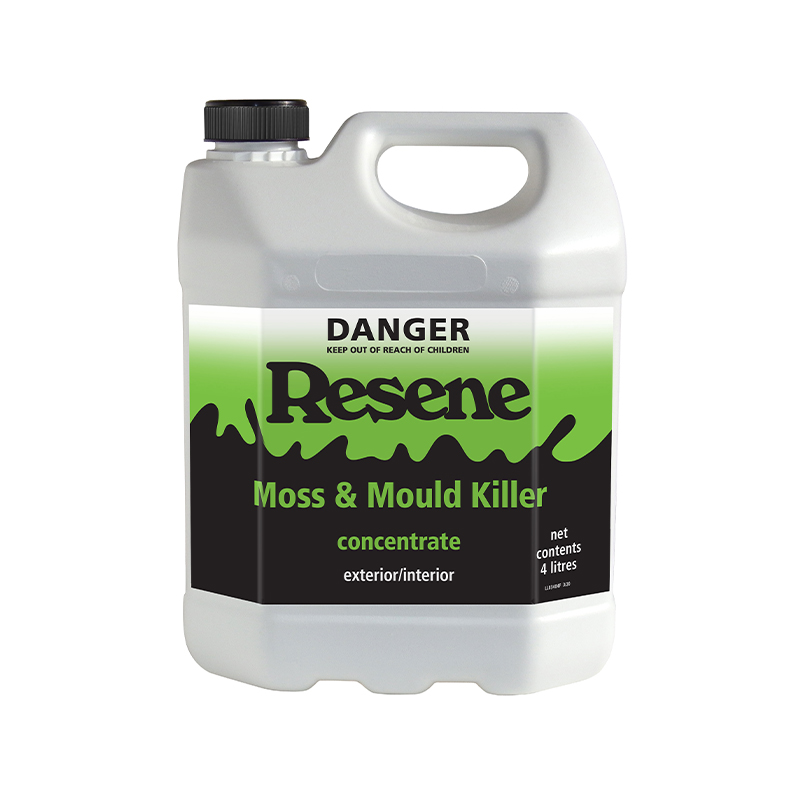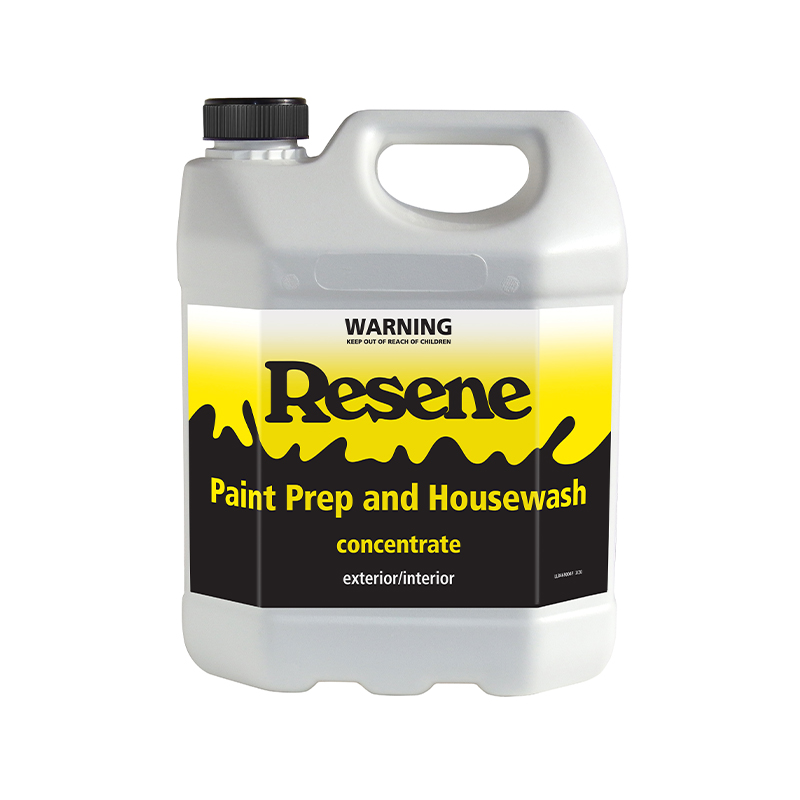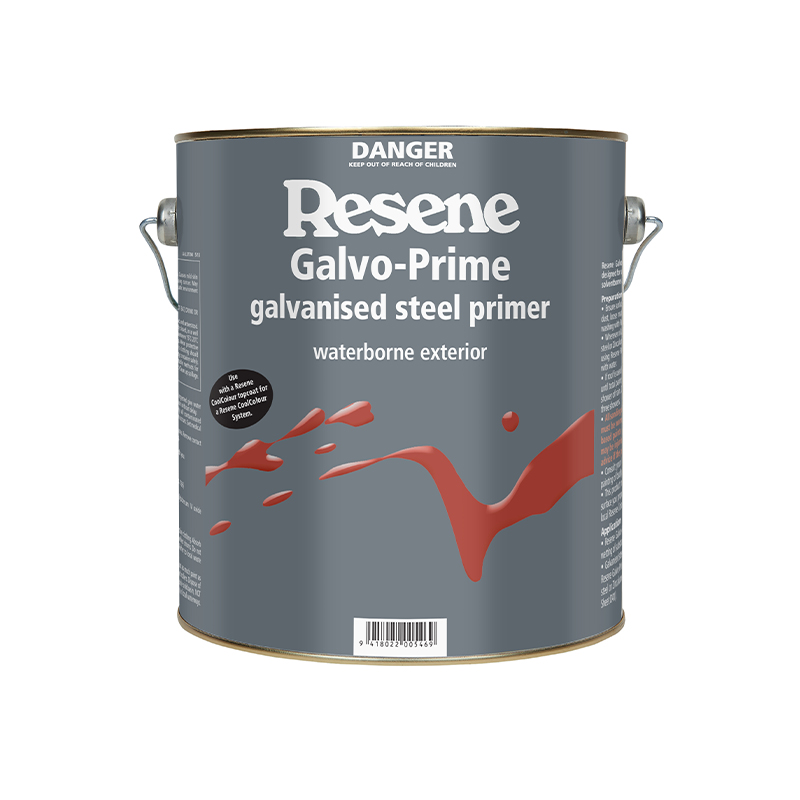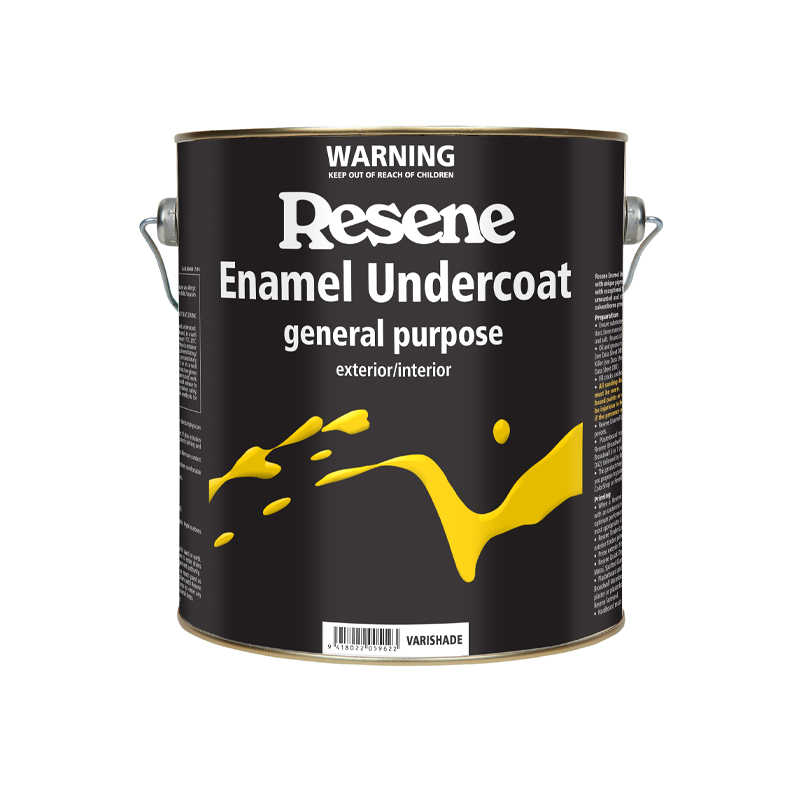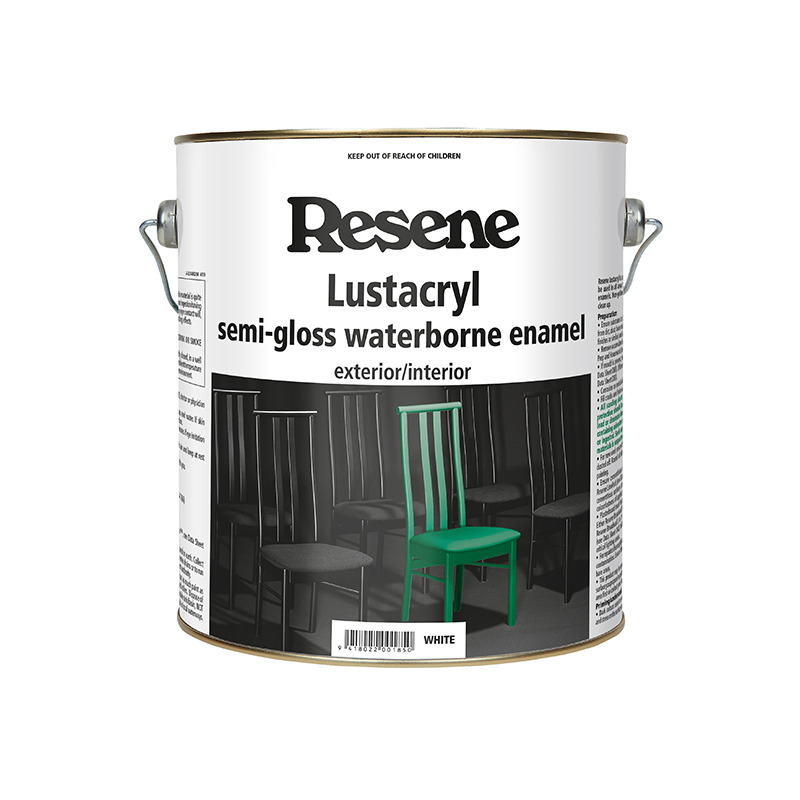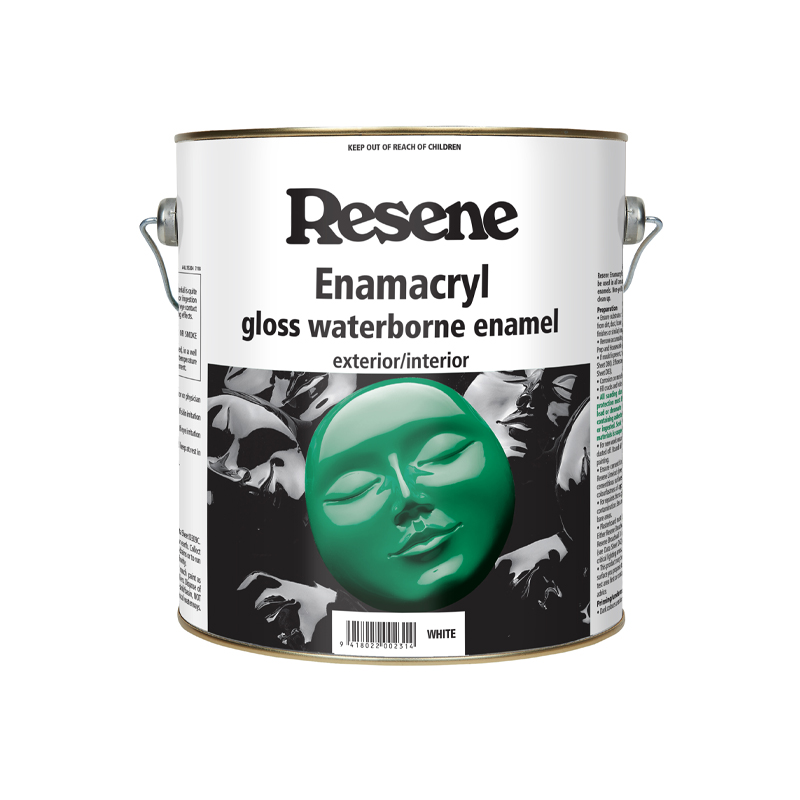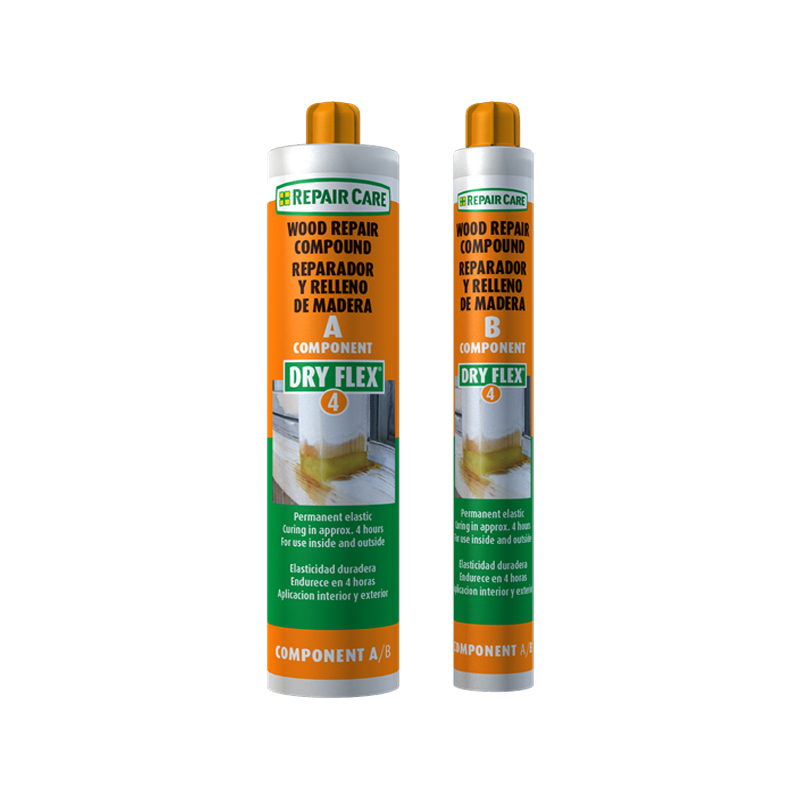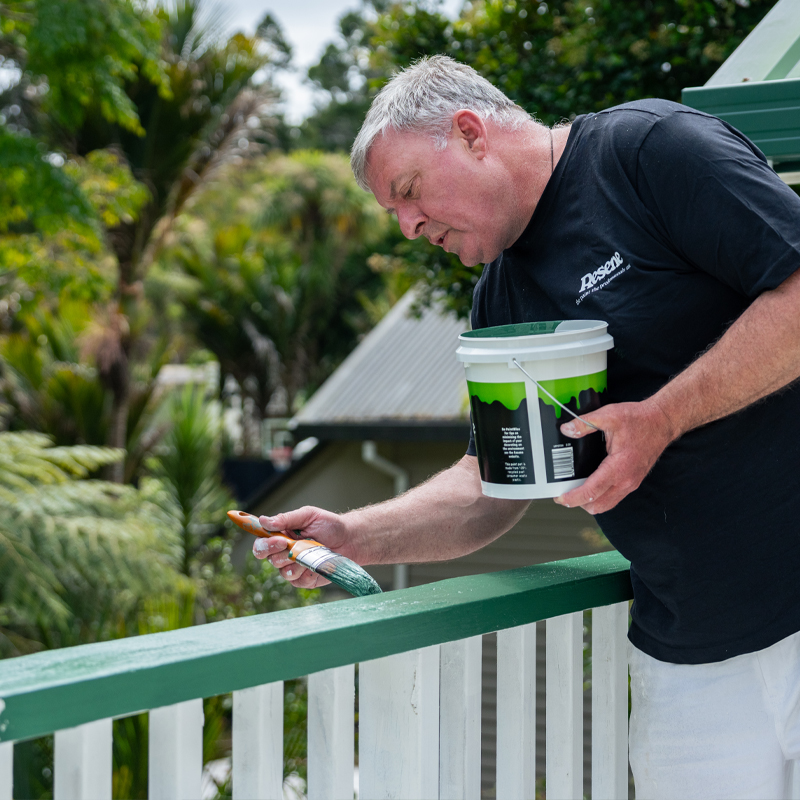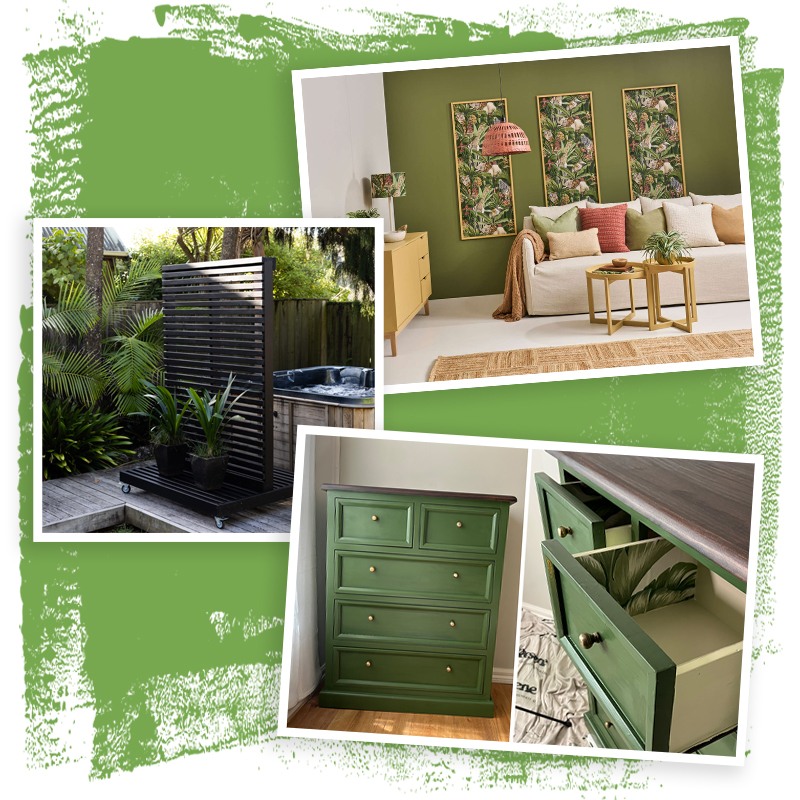One of the things that differentiates paint professionals and proficient DIYers from beginners is not only their refined techniques, it’s the arsenal of handy tips, tricks and hacks they have accumulated over the years. If you’re planning a window painting project, Resene Paint Expert Murdo Shaw has a great hack for freshly painted windows to stop them sticking.
Stick ‘em up
Resene Paint Expert Murdo Shaw has plenty of paint hacks including a particularly crafty hack that will stop your freshly painted windows sticking overnight. If you shut windows when the paint isn’t dry, it will unfortunately end up drying like glue and fusing them together.
Make sure windows are dry to the touch first, then all you need is some wooden ice block sticks. Simply snap them in half and use them to insert into your painted windows. This leaves enough of a gap to ensure your windows won’t stick together overnight.


